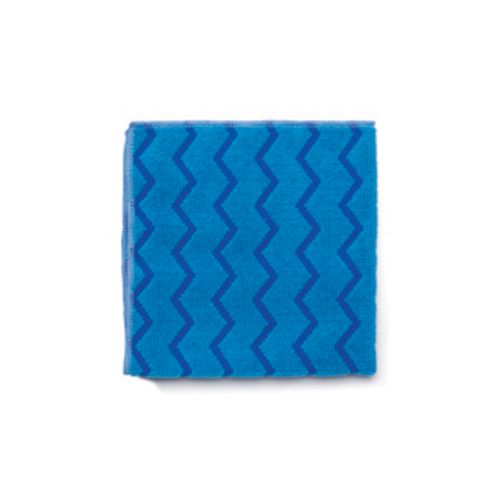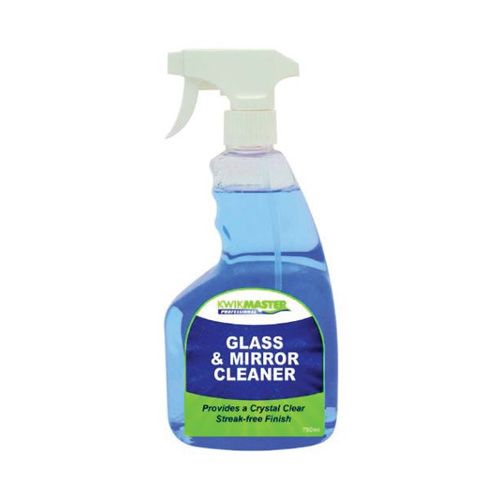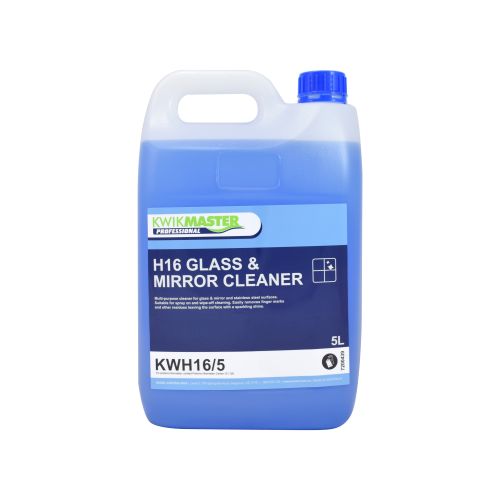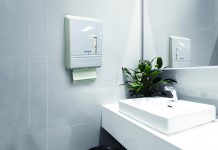Anyone who manages high traffic spaces like hotels, airports, sports stadiums, restaurants or even hospitals and aged care facilities will know that pollution and grime slowly build up over time over any glass surface. From windows, mirrors and door panels, this accumulation results in dirty surfaces and – if not cleaned correctly – streaked glass. When it comes to the correct method of wiping, knowing how to avoid leaving behind streaks and hard water spots is key to a good clean.
There are basic steps that should always be followed when cleaning glass in general – such as starting from the top of the panel and working your way down as to avoid drip stains – but the best way to achieve a perfect clean will always depend heavily on exactly what type of glass is being cleaned.
Flat Glass
‘Flat’ glass is an umbrella term used to describe any and every type of glass that begins as a flat piece of material, including float glass, plate glass, rolled glass, window glass, mirror glass and tempered glass. Washroom mirrors are commonly referred to as flat glass that as it’s only been covered with a reflective coating or thin layer or metal such as silver and not treated another way.
Before you even start cleaning a surface like a mirror, always sweep any dirt or dust off or it can easily get mixed in with the cleaner and leave debris behind. For a streak-free clean be sure to use a good quality glass cleaner and a soft microfiber cloth. You want to avoid the use of paper towel as they will leave behind lint, film and large streaks due to their material make-up and absorbency.
Annealed Glass
If your windows don’t have any special coatings on them, they will likely fall under what’s known as ‘annealed glass’ – also commonly referred to as ‘standard’ or ‘float’ glass. This means that the glass has not been heat-strengthened or tempered and instead was thermally treated and slowly cooled to relieve any stress. The correct way to clean annealed glass is as follows:
- Heavily soak the window with glass cleaner
- Gently scrub areas with stuck-on debris
- Remove the cleaner from the glass with a squeegee
- Follow up with a microfiber towel to thoroughly dry the window and avoid any streaking
If shattered, annealed glass tends to break into longer, jagged shards so be sure to always remain gentle when cleaning it and avoid using razor scrubbers or any other products that may add undue stress to the surface.
Tempered Glass
Also commonly referred to as ‘safety glass’, tempered glass can be over four times stronger than annealed glass and when shattered will break into small pieces making them less likely to cause injury. However, tempered glass is easier to scratch so while forceful scrubbing or scraping with a razorblade may not break it, the use of sharp things can leave behind noticeable scratches, grooves, and marks.
The best way to clean tempered glass is with a window cleaner sprayed directly onto the surface and wipe with a microfibre cloth towel to ensure an easy and streak free clean.
Coated Glass
From tinted windows to glass with reflecting films, coated glass is an industrial glass composed of a stack of sub-coatings of different types and thicknesses. These additional coatings make a coated glass surface more vulnerable to damage if cleaned too roughly which means you should always exercise special care when cleaning. Be sure to do the following:
- Never use razor blades
- Choose a window cleaner that doesn’t contain ammonia
- Dry the window with a soft microfiber towel to avoid excessive streaking
The best way to make sure you’re cleaning your glass correctly is to clean one window using a gentle technique and assess the results before moving on to the rest. When cleaned correctly, glass can almost be translucent to the eye and create a cleaner-looking environment and bring a more hygienic feeling to any large facility.













